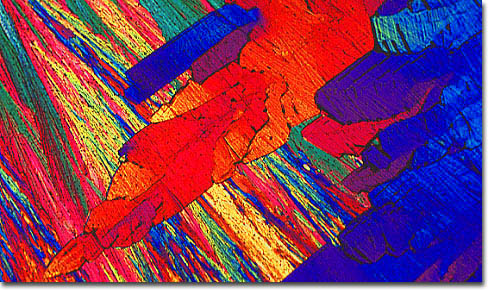|
Ice cream was introduced into the United States from Europe and probably evolved from iced beverages and water ices that were popular in earlier periods. The Chinese are often credited with inventing the earliest predecessor of modern ice cream, but frozen desserts were enjoyed in ancient times by other civilizations as well. For instance, wines and fruit juices cooled with ice and snow brought from the mountains by runners were reportedly consumed at the Court of Nero, Emperor of Rome, in the first century BC. Due to the lack of refrigeration and difficulty in production, these archaic frozen treats were reserved for special occasions and even then were often only available to an elite few. By the late 1600s, however, ices and sherbets were popular items at outdoor Paris cafés and the owner of one of these establishments in the subsequent century, Tortoni, is commonly credited with developing the first cream ices. Some of the first inhabitants of the United States to serve ice cream were such notable figures as George Washington and Thomas Jefferson, but it was not until the invention of mechanical refrigeration that widespread distribution of the treat became feasible, thus the first wholesale ice cream industry in the country was not established until 1851, when it was founded in Baltimore, Maryland by Jacob Fussell. Early plants were also established in St. Louis, New York, Washington, Chicago, and Cincinnati.
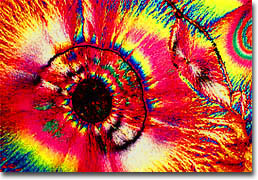
Apple Pie Yogurt
Though delicious alone, many innovative minds have developed a number of other ways to enjoy ice cream. One of the earliest was the ice-cream soda, which was invented in Philadelphia, Pennsylvania in 1874. Extremely popular, when some Midwestern towns outlawed the sell of soda water on Sundays, proprietors of soda fountains reportedly began selling the treats without the soda, leaving behind only the ice cream and the syrup, resulting in the ever-popular sundae. About this same time, early versions of edible ice-cream cones began to circulate, but these crunchy and convenient items did not really become widely familiar in the United States until they appeared at the 1904 World's Fair held in St. Louis, Missouri. The first Good Humor ice cream treats, which became well known when they later began being sold by a fleet of ice cream trucks manned by uniformed drivers, was produced in 1920 by Harry Burt, who was given the idea of using lollipop sticks as handles for his chocolate-coated bars by his young son. Another chocolate covered ice cream bar, the Eskimo Pie, was the brainchild of an Iowa ice cream parlor owner, Chris Nelson, whose idea for the treat purportedly was the result of watching an indecisive customer wavering between the purchase of a chocolate bar and an ice cream sandwich.
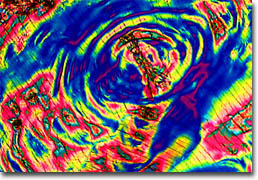
Heath Toffee Crunch
Ice cream is a frozen dairy food made by freezing a pasteurized mix composed of a combination of milk products, sugar, dextrose, corn syrup, water, and other optional ingredients. The mixture is agitated during freezing to incorporate air and ensure a uniform consistency. Before modern equipment was developed, the agitation was generally provided by hand, but the invention of a wooden bucket freezer with rotary paddles in the nineteenth century made the process much less daunting. In addition to ice cream, a number of other frozen desserts are available in modern times, including frozen custard, ice milk, sherbet, frozen yogurt, and mellorine. Though similar, each of these products is slightly different than ice cream. Frozen custard, for instance, is characterized by the inclusion of egg yolks in the mix, while ice milk contains a smaller percentage of milk solids and fat than ice cream. Moreover, sherbet, by definition, includes fruit juices, water, sugar, milk, and eggs or gelatin, frozen yogurt must contain live cultures of bacteria, and the economical product mellorine is differentiated from ice cream by the use of vegetable fat rather than milk fat.
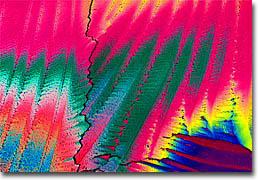
Wavy Gravy
The United States is the world leader in both the production of ice cream and the per capita consumption of the tasty treat. The annual production in the United States has reached more than 2 billion gallons of ice cream and related products each year. Principal ice cream production states include Pennsylvania, New York, Vermont, California, Texas, and Massachusetts. Yet, Americans are definitely not alone in their penchant for cool, frosty, goodness. Other countries that produce considerable amounts of ice cream include Canada, Australia, the United Kingdom, Germany, Italy, and Japan. The types of ice cream products that are most popular in each locale do differ somewhat, however, some, for instance, favoring soft, airy varieties, while others prefer thick and creamy treats. Due to the increase in globalization in recent years, different types of frozen products are being introduced to new areas and are often well received. A treat known as mochi ice cream that is of Japanese origin, for instance, has become a popular dessert enjoyed in some parts of the United States, especially in California.
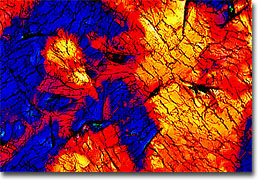
Banana Strawberry Yogurt
The tremendous array of ice cream flavors available today is astonishing, the industry having come a very long way from the traditional offerings of vanilla, chocolate, and strawberry. Yet, these flavors continue to be popular both singly and in the common Neapolitan mix, which features all three in a single package. The majority of flavors in our ice cream collection derive from the tasteful products developed and marketed by Ben and Jerry's Ice Cream Company. Founded by childhood friends Ben Cohen and Jerry Greenfield, Ben and Jerry's is famous for their inventive flavors, many of which are available only for a limited time in order to make room for new offerings that are developed. These products are often dubbed with creative names such as Wavy Gravy, Cherry Garcia, Rainforest Crunch, and Holy Cannoli, but they are not just fun, they are delicious, too. Ben and Jerry's ice cream products begin with lots of Vermont cream and then the finest flavorings and ingredients available are added. Also, with their specially modified equipment, Ben and Jerry's stirs less air into the ice cream, creating a denser, richer, creamier product than many others found on the market.
|
